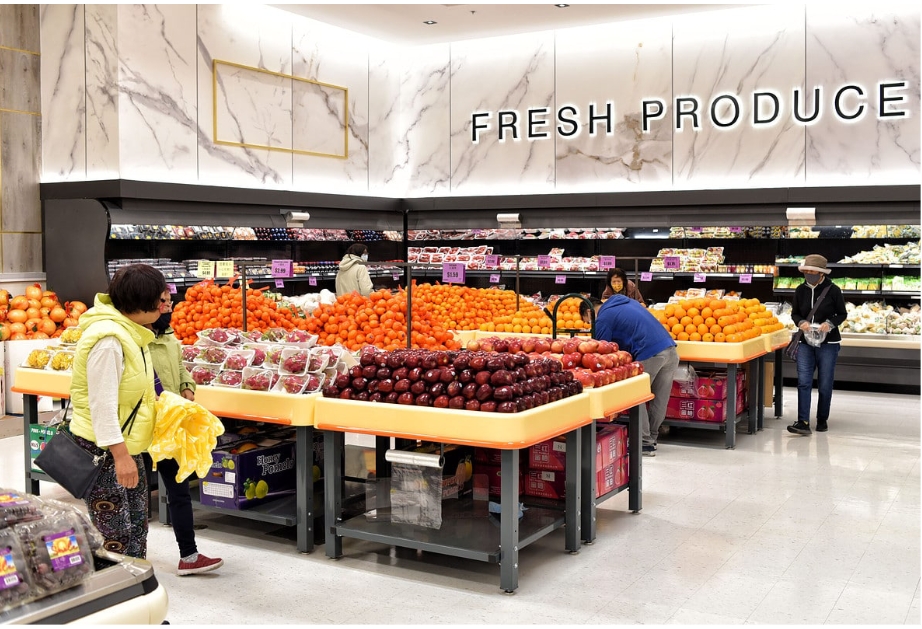In the competitive world of grocery retail, capturing and maintaining a shopper’s attention is paramount. Stores are continually seeking innovative ways to differentiate themselves and boost sales. One of the most effective strategies lies in the visual merchandising of products. Through clever use of racks, shelves, and tables, grocery stores can create an engaging shopping experience that not only attracts but also retains customer interest. This article delves into various visual merchandising techniques that can help grocery stores maximize their impact on shoppers.
Understanding the Shopper’s Journey
Before diving into the specifics of visual tricks, it’s important to understand the typical journey of a grocery shopper. Most customers follow a predictable path through the store, starting with fresh produce, moving through aisles, and ending at the checkout. Strategic placement of products and the use of eye-catching displays can influence purchasing decisions at every stage of this journey.
One of the most effective ways to stop shoppers in their tracks is by creating captivating displays. For instance, using brightly coloured and well-arranged produce on tables near the entrance can create a visually appealing focal point. LemonTree Products offers several vibrantly-coloured produce tables, each creating the perfect focal point for the produce it holds. They use leading-edge, low-maintaince and hygienic materials, keeping your produce fresher, longer and requiring less cleaning.
The Power of Symmetry and Balance
Symmetry and balance are key principles in visual merchandising. Shelves and racks should be organized in a way that appears both orderly and inviting. Symmetrical displays are pleasing to the eye and can create a sense of harmony that encourages shoppers to explore further. This can be achieved by placing similar products at equal distances and ensuring that the heights of items are consistent.
Balance can also be created through the use of colours, with complementary or analogous colour schemes enhancing the visual appeal of the shelves.
Utilizing Height and Depth
Another effective technique involves the strategic use of height and depth. By varying the height of shelves and racks, stores can create visual interest that draws shoppers’ eyes upward and encourages them to explore products at different levels. This can be particularly useful for promoting new or seasonal items.
Additionally, creating depth by layering products can add dimension to displays, making them more dynamic and engaging. For example, placing taller items at the back and shorter items at the front can create a cascading effect that is both visually appealing and easy to navigate.
Interactive and Thematic Displays
Interactive and thematic displays are another way to capture shopper interest. Interactive displays that allow customers to touch, smell, or sample products can create a memorable shopping experience. Thematic displays, which group products around a central theme, can also be highly effective.
For example, a “Back-to-School” display featuring lunchbox essentials, healthy snacks, and school supplies can draw attention and inspire purchases.
Highlighting Key Products with Lighting
Lighting plays a crucial role in visual merchandising. Well-placed lighting can highlight key products and create a warm and inviting atmosphere. Spotlights can be used to draw attention to featured items on racks or shelves, while softer lighting can create a cozy ambiance around tables displaying fresh produce or bakery goods. The right lighting can make products look more appealing and encourage shoppers to linger longer.
Seasonal and Rotating Displays
Finally, rotating displays to reflect seasons or holidays can keep the shopping experience fresh and exciting. Seasonal displays not only capture the festive spirit but also remind shoppers of timely purchases. For example, a summer-themed display with picnic essentials or a winter display with holiday treats can evoke a sense of urgency and encourage impulse buying.
In Conclusion
By employing techniques such as captivating displays, symmetry, height and depth variation, interactive and thematic setups, strategic lighting, and seasonal rotations, stores can create a dynamic and engaging shopping environment. These visual tricks with racks, shelves, and tables can significantly enhance the overall shopping experience, ultimately driving sales and fostering customer loyalty.





